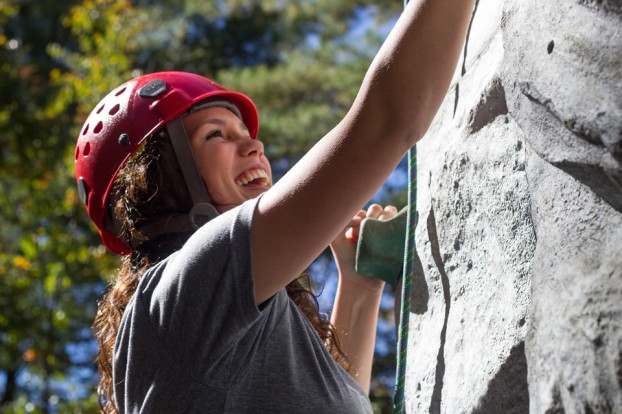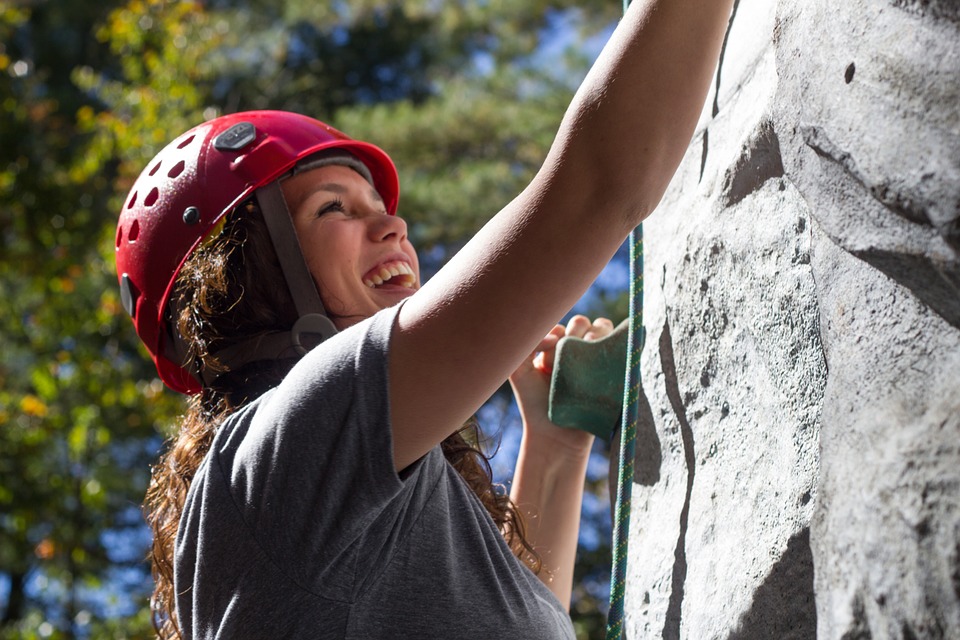Rock climbing has become a popular sport over the past decade, and a favorite choice both indoors and out. Even though technique and equipment have evolved exceedingly, it is still critical that climbers, especially amateurs, learn the fundamentals well, take all necessary safety precautions and keep themselves fit and strong before venturing out. Read on for some pointers from William Schoellkopf, an avid outdoors man:

- Climbing is a dangerous sport. Enroll in a course that offers expert instruction from qualified professionals. Most climbing gyms offer these courses at reasonable prices.
- Keep yourself in the best possible physical condition, concentrating on forearm, hand grip and finger strength.
- Climb easy routes first until you can climb them with ease and then move on to more difficult climbs.
- Imagine your climb as if you are on a ladder and move from one hold to the other just as if you moving from rung to rung. Always try to keep your hands and feet in the right position for your next move to avoid having to switch position with each move. This will allow you to move easier and faster.
- Try to avoid relying solely on your hands and arms, and learn to trust your feet. Remember that you normally stand on your feet all day, so they are used to holding your weight. When you feel tired, look for a place to lodge your feet to give your arms and hands a rest.
- Calf spasms are a common occurrence when hanging, especially if your heel is hanging down. If you develop one, it can usually be dispelled by applying extra weight on your toes for a few seconds.
- Try to remain close to the wall when you rest. Leaning too far will require you to use more strength to pull yourself back in to the rock face. This is especially important when you are completing a shorter climb when your rest stops are brief.

